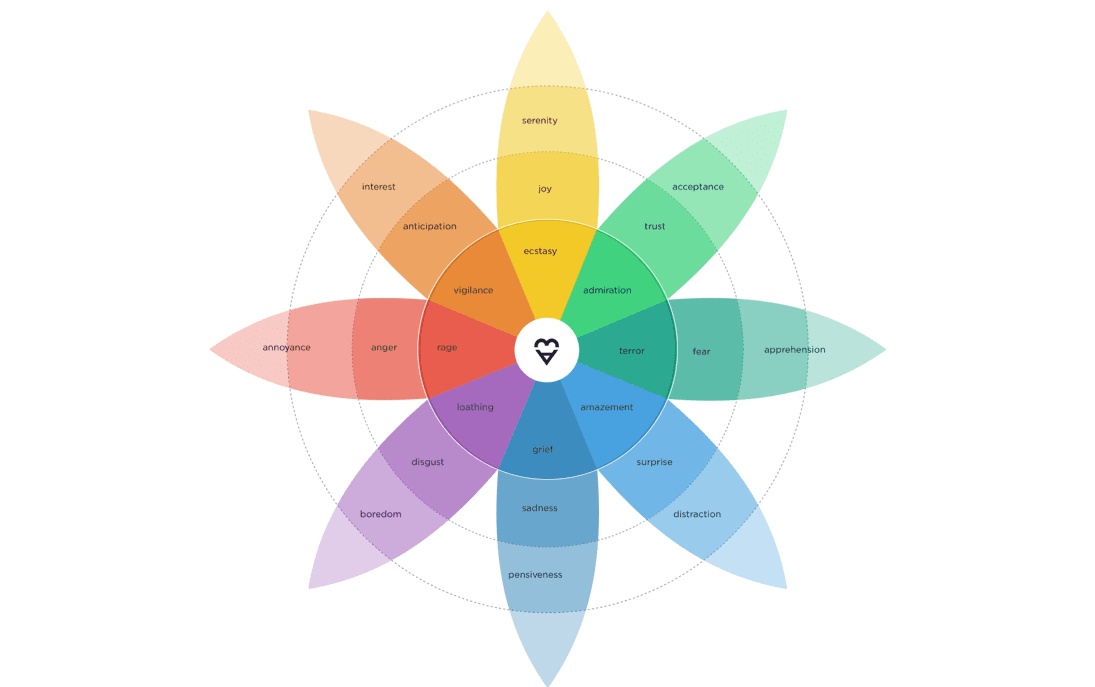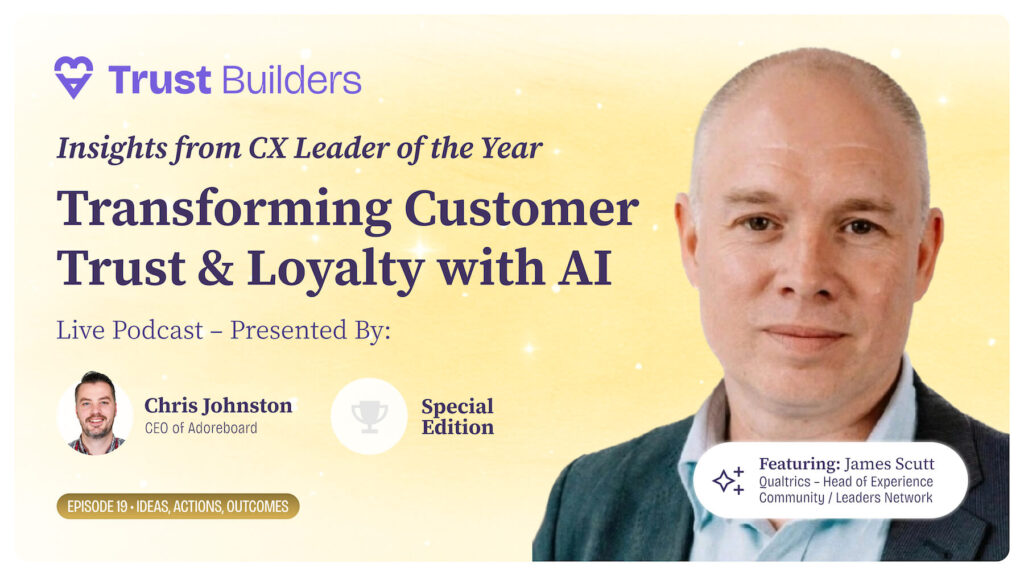NPS considered the panacea of customer experience has different viewpoints on its validity as a key metric for enterprise growth.
We’ve had Wall Street Journal articles given the metric a dressing down. Academic studies have poured cold water on its link to growth. Most recently, I’ve seen VC’s weigh-in ‘there must be a better way’.
The fact remains that for a large proportion of Fortune 1000 companies NPS is the metric that appears in investor calls and annual reports. And for several reasons, chiefly that senior executive’s bonuses are linked to NPS, that it isn’t going away anytime soon.
So what do we do about this?
It starts with naming the problem. NPS is trying to do two things and failing miserably at one of them and creating an unmanageable ‘manual’ bottleneck in its current format.
Firstly, it provides a ‘tell us how we’re doing’ type metric, a single number readily digestible and understandable on a scale of 0-10.
This is great if decision making was based on a single metric that was so instructional that you knew exactly what to do to improve the performance.
Instead, we are left with this ‘WHAT’ is happening (we’re kinda doing ok, we’re doing great, we suck), which so often turns into a so what. In many ways, NPS is doing a good job on quantitative analysis if that’s where you want to stop.
Secondly, it enables customers to expand on this metric by writing comments. That’s great but many assiduous CX managers spend many an evening or weekend manually trawling the comments for golden nuggets. Many don’t make it past the cycle of analysis to action. Better still they’ll use text analysis to create word clouds or sentiment analysis to turn our customers into neutrals, positives or negatives. This is where it fails.
So here’s the problem: for most firms, the score (what has happened) is not being connected to the feedback (why it has happened) in a way that provides prescriptive decision making.
We’ve failed to blend quantitative and qualitative analysis both available in NPS in a way that ensures the sum is better than its parts.
Not addressing this problem we continue to treat our customers as a number not human.
COVID: the need for Better Human
If COVID-19 has taught us anything, it’s understanding the unique circumstances of employees and customers and adapting the experience we deliver. This builds empathy, engagement and loyalty.
So better human experiences mean understanding people’s emotions and making sentiment analysis redundant. It means moving past the numbers to understand the behaviours and motivations of our customers. It means turning NPS into a tool to identify the Next Predictor of Satisfied customers and employees.
This is something I’ve explored over the last 6 months since COVID. Asking about 100 senior-level executives to name their 3 top priorities in customer and employee experience. Notably, predicting and understanding the drivers of NPS (or eNPS type metrics) consistently made it in the top 3. In taking this a step further, we’ve conducted many studies understanding how quantitative and qualitative analysis could be blended, with surprising results.
Let’s start with emotion if you haven’t been introduced to Adoreboard we provide our customers with the ability to analyse feedback and link emotional intensities to the themes that drive these. This provides a way to prioritise the issues impacting the experience.

As we developed our software over the last 12 months we want to see if we could link the themes to emotional intensities to NPS scores. We’ve consistently found the link between emotion attributes and NPS scores. It makes sense that a low score also represents a specific emotion that people want to communicate in the text feedback. We have taken this a step further by using predictive analytics to then introduce two concepts that I believe will help improve how we view NPS. The first is resolve and the next is build.
Predictive analytics can identify a key theme, understand the emotional context compared to the overall feedback and highlight the potential impact of removing or building on the NPS score. This approach is known as Perspective AI identifies the next best action to close the feedback loop. For 1,000 customers or employee feedback, this takes less than 24 seconds to identify the top 10 drivers to resolve or build to drive NPS performance.
Applying Predictive Emotion AI for Next Best Action
In engaging with our customers, one of the key challenges we have opened a discussion on is what we call ‘Speed to Insight’.
In simple terms, to shift from analysis to action, insights need to be perspective and decision-ready. Predictive analytics provides evidence that provides a decision-maker a more tangible perspective on the potential impact of the decisions they will have.
This has been applied to our customer Healthscope who is a leading private healthcare provider, with 43 private hospitals and pathology operations across Australia and New Zealand treating 600,000 patients annually.
Emotics has also been deployed to detect issues impacting patient experience by providing predictions on the outcome on its patient experience metrics if resolved. One such issue was the impact of blood monitoring cuffs which if fitted wrongly can cause discomfort to a patient’s arm. Imagine leaving the hospital with bruises on your arm with ill fitted cuffs or being woken on the hour due to the pressure.
The AI identified this issue reduced patient trust by 33% and increased sadness by 88%. The analysis showed by fixing this issue gains in satisfaction levels of patient experience would increase by 18%.
In discussing the outcome with Jeffrey Woods, National Patient Experience Manager at Healthscope reflected:
“Initially, when reviewing the data we assumed it was related to the clinical management of blood pressure and the possible need for the development of enhanced clinical guidelines. By digging a little deeper using Adoreboard we uncovered that the real golden nugget was not blood pressure management a clinical issue but rather it was the discomfort experienced from incorrectly sized or placed cuffs, along with the frequency of inflation/deflation. This is a very different and human issue which required a completely different intervention.”
So emotion helps prioritise the things we should ‘get right’ from the customer or employee perspective. Embracing this ‘outside’ perspective should challenge our assumptions. In doing so, predictive analytics can enable us to step out of our comfort zones with the comfort that the insights that are prescribed with the outcomes directionally quantified. If this makes us braver to take the actions that our customers and employees need then Emotion AI – could help us see what was always right in front of us.
If you’d like a personalised demo of Emotics, our human experience measurement, customer journey and emotion analytics platform click here — we can collect data from social media or Glassdoor to give you a demo using relevant data.
Not ready yet, but hungry for education? Why not check out our free webinars, case studies or reports?




